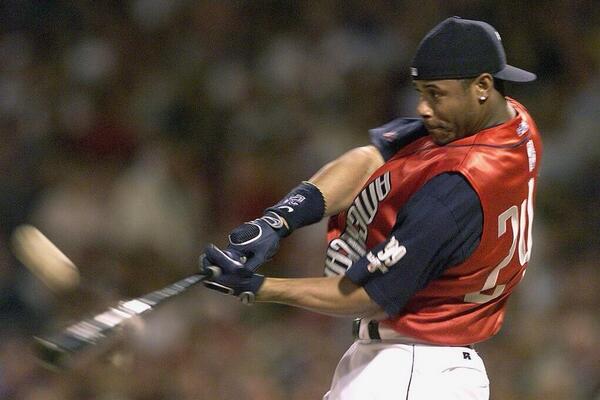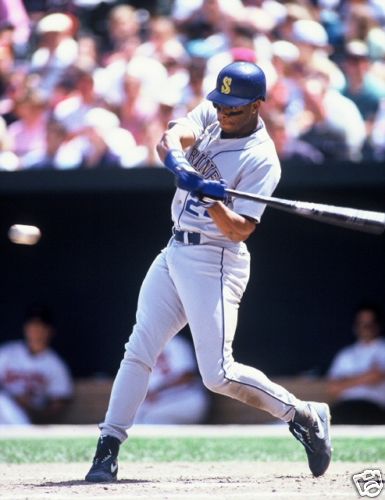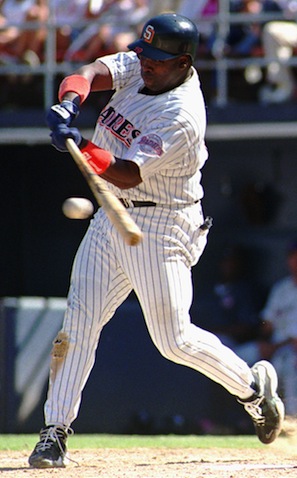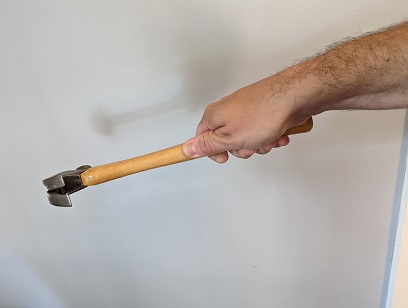Brychanus
* Ace Member *
It seems possible that if sidewinder is pronating through into the release and the "hammer pressure" through the thumb is there, then he would be getting some of that interaction of "up from the ground" vs. "down from the pocket" effect I was sketching out before. In that case the "true" flat angle would be difficult to maintain or even achieve that interaction.
I also wonder if the way the "pronate into release" would work is still relying on building pressure maybe especially through the thumb while radially deviating at the wrist into the release, and ulnar deviating into follow through.
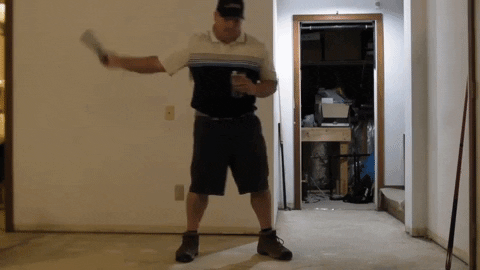
I also wonder if the way the "pronate into release" would work is still relying on building pressure maybe especially through the thumb while radially deviating at the wrist into the release, and ulnar deviating into follow through.
I'm curious about this guess. I suspect it also relates to the postural mechanics/details of the shift. If you are coming through with more rotation (axis vertical in overall balance rather than North-South tilted; and rotation parallel-ish to the ground) in the hips, you won't get the "upward from the ground and downward from the chest" force interaction effect I was sketching out. I think relatedly: posturally Neil you don't lead your throws over the front leg with the part of the Sidewinder exaggerates with a "Dingle Arm" (@sidewinder22 does, me too), so that's part of the puzzle. In any case vid could confirm the actual arm action I agree.I've never actually tried pronating with the tech disc but I'm convinced I'll get massive nose up when I do it from a few tests of it with approach shots where it was clearly way more nose up.

Last edited:
